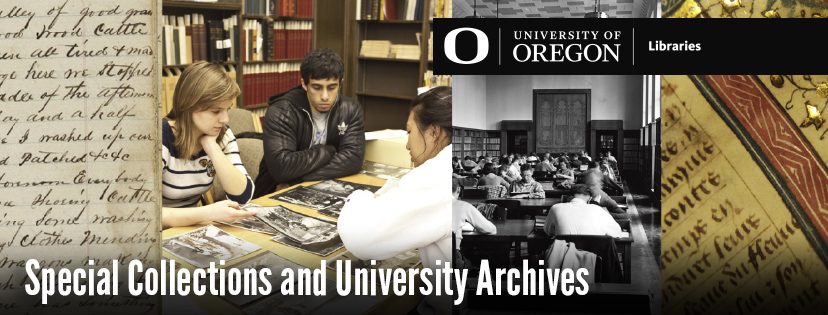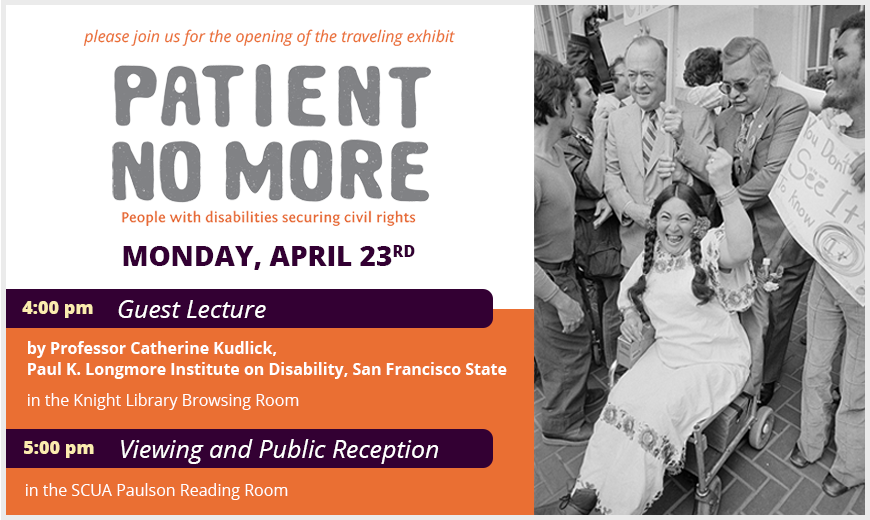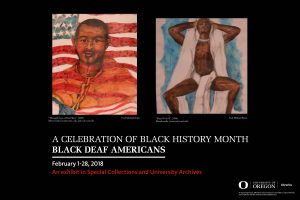Book Talk | HandiLand: The Crippest Place on Earth
Join us for a presentation by Elizabeth A. Wheeler (Associate Professor, Department of English and Director, Disability Studies Minor) for her newest book, HandiLand: The Crippest Place on Earth. Disability in Young Adult and Children’s Books (University of Michigan Press, 2019).
Book Talk: HandiLand: The Crippest Place on Earth
by Associate Professor Elizabeth A. Wheeler, Department of English
Monday, October 28th, 2019
3:30-5:30 p.m.
Special Collections Paulson Reading Room, Knight Library
Event is free and open to the public
To be followed by a Q&A and refreshments
Sponsored by Special Collections and University Archives
HandiLand: The Crippest Place on Earth is the first disability studies book on contemporary children’s and young adult literature. HandiLand claims that literature for young readers is the ideal viewing stand for a parade of political changes as youth with disabilities have infiltrated public space. This viewing stand allows us to see how far we’ve come toward defeating ableism and how far we still need to go. HandiLand examines the new prominence of youth with disabilities in contemporary English-language books from the United States, the United Kingdom, and Ghana. Many of these books are bestsellers with a passionate fan base, including The Fault in Our Stars, Harry Potter, and Wonder. Elizabeth A. Wheeler argues that these new portrayals result from the Americans with Disabilities Act (1990) and other worldwide rights laws, which enabled the movement of disabled youth into public space.
This event is free and open to the public. Accommodations for people with disabilities will be provided if requested in advance by contacting the UO Accessible Education Center. See: https://aec.uoregon.edu/content/support-and-services




